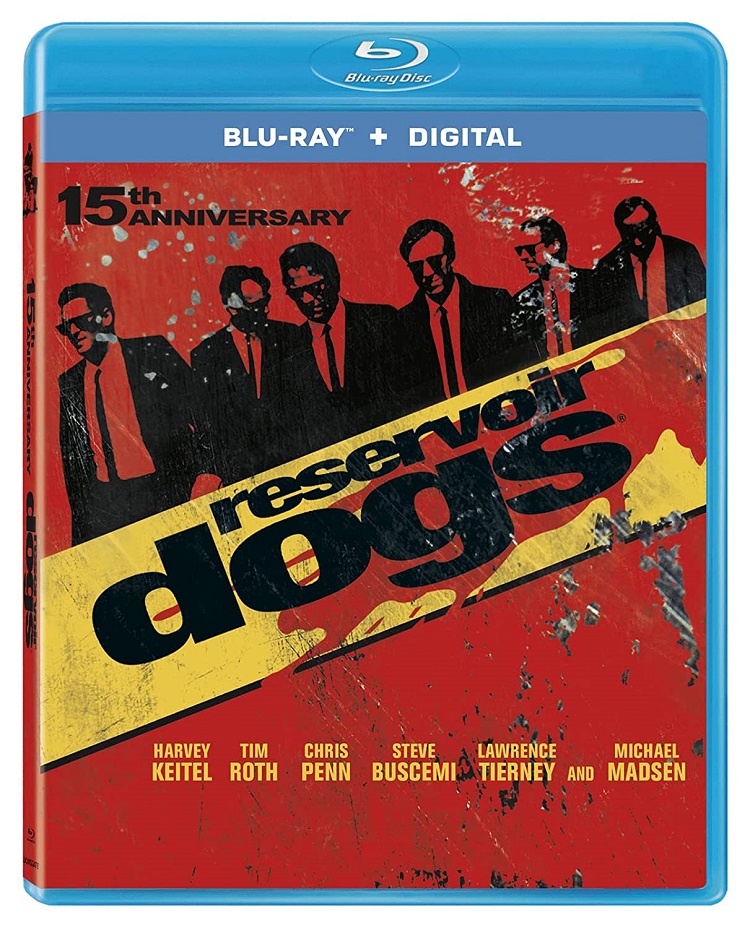
Before technology fragmented culture by increasing access, options, and the rate of change, the counterculture had a greater impact on affecting the mainstream when the latter grew stagnant. In the ’60s, especially in the United States, it led to political changes. In the ’90s, this influence can be seen in the arts when the majority turned to what had been classified as “alternative music” and “independent movies.” Though the history of each medium shows the slow progression of this integration, they each have an acknowledged milestone. For music, it was Nirvana’s Nevermind; for movies, it was Quentin Tarantino’s Pulp Fiction. Coincidentally, each artist had a prior release that didn’t receive as much attention yet was impressive and hinted at what was to come.
Tarantino made his feature-film debut with Reservoir Dogs, a raw, savage crime drama that was both invigoratingly fresh and slightly familiar to those who have seen a lot of the same movies Tarantino has. It opens with a group of men, most dressed in black suits, eating at a diner. In a scene that brings to mind Robert Altman’s work, one of the men, later identified as Mr. Brown (Tarantino), reveals what he thinks Madonna’s “Like a Virgin” is really about while a gruff, older guy named Joe (Lawrence Tierney) is trying to recall who he knows named Toby from a phonebook he found. Mr. Pink (Steve Buscemi) then holds court explaining his negative stance towards tipping.
The George Baker Selection’s “Little Green Bag” plays during the opening credits and before they stop, we hear someone screaming. It turns out to be Mr. Orange (Tim Roth), who has been shot in the stomach and thinks he’s gonna die. Mr. White (Harvey Keitel) drives him to the warehouse the gang is supposed to meet at, and where a major portion of the film takes place. When Mr. Pink arrives, it is revealed the men were involved in a botched robbery, and they suspect an undercover cop in their midst, which is the premise of Ringo Lam’s City on Fire, which Tarantino borrows from a few times here.
As the afternoon progresses, the story does as well, but in a non-linear fashion like Stanley Kubrick’s The Killing, which shares other similarities with Reservoir Dogs. Tarantino focuses on a few of the characters and shows how Joe brought them into the operation. Most of these men are terrible people, varying degrees of racist, homophobe, sexist, and sadist, yet Tarantino’s great talent as a writer is what makes these criminals compelling.
His talent as a director is seen throughout, particularly by what he chooses to show and not show. He skips the robbery because it’s unnecessary. The story is about these men and the way they relate to each other. The film has a notorious scene where Mr. Blonde (Michael Madsen) cuts the ear off a cop. It is framed in a very smart way that omits the gore while losing none of the discomfort. The best bit of directing is the lengthy sequence where the cop tells a story to make him seem like an authentic crook. The film concludes with a Mexican standoff, which would become a frequent device for Tarantino.
Twenty years later, Reservoir Dogs remains a compelling piece of work.